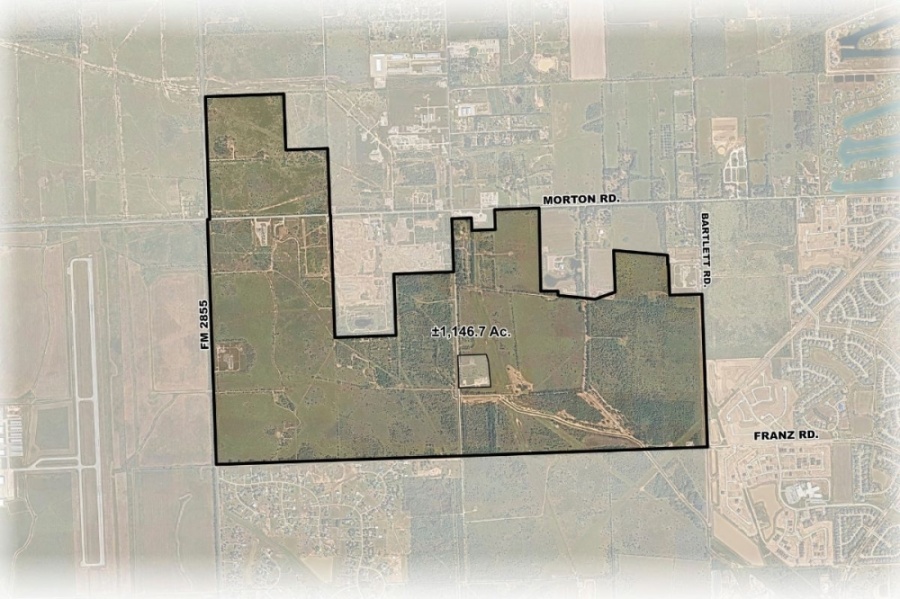Growth in U.S. Population Shows Early Indication of Recovery Amid COVID-19 Pandemic

21 Jan 2023
News
By: United State Census Bureau
After a historically low rate of change between 2020 and 2021, the U.S. resident population increased by 0.4%, or 1,256,003, to 333,287,557 in 2022, according to the U.S. Census Bureau’s Vintage 2022 national and state population estimates and components of change released today.
Net international migration — the number of people moving in and out of the country — added 1,010,923 people between 2021 and 2022 and was the primary driver of growth. This represents 168.8% growth over 2021 totals of 376,029 – an indication that migration patterns are returning to pre-pandemic levels. Positive natural change (births minus deaths) increased the population by 245,080.
“There was a sizeable uptick in population growth last year compared to the prior year’s historically low increase,” said Kristie Wilder, a demographer in the Population Division at the Census Bureau. “A rebound in net international migration, coupled with the largest year-over-year increase in total births since 2007, is behind this increase.”
Regional Patterns
The South, the most populous region with a resident population of 128,716,192, was the fastest-growing and the largest-gaining region last year, increasing by 1.1%, or 1,370,163. Positive net domestic migration (867,935) and net international migration (414,740) were the components with the largest contributions to this growth, adding a combined 1,282,675 residents.
The West was the only other region to experience growth in 2022, having gained 153,601 residents — an annual increase of 0.2% for a total resident population of 78,743,364 — despite losing 233,150 residents via net domestic migration (the difference between residents moving in and out of an area). Natural increase (154,405) largely accounted for the growth in the West.
The Northeast, with a population of 57,040,406, and the Midwest, with a population of 68,787,595, lost 218,851 (-0.4%) and 48,910 (-0.1%) residents, respectively. The declines in these regions were due to negative net domestic migration.
Changes in State Population
Increasing by 470,708 people since July 2021, Texas was the largest-gaining state in the nation, reaching a total population of 30,029,572. By crossing the 30-million-population threshold this past year, Texas joins California as the only states with a resident population above 30 million. Growth in Texas last year was fueled by gains from all three components: net domestic migration (230,961), net international migration (118,614), and natural increase (118,159).
Florida was the fastest-growing state in 2022, with an annual population increase of 1.9%, resulting in a total resident population of 22,244,823.
“While Florida has often been among the largest-gaining states,” Wilder noted, “this was the first time since 1957 that Florida has been the state with the largest percent increase in population.”
It was also the second largest-gaining state behind Texas, with an increase of 416,754 residents. Net migration was the largest contributing component of change to Florida’s growth, adding 444,484 residents. New York had the largest annual numeric and percent population decline, decreasing by 180,341 (-0.9%). Net domestic migration (-299,557) was the largest contributing component to the state’s population decline.
Eighteen states experienced a population decline in 2022, compared to 15 and DC the prior year. California, with a population of 39,029,342, and Illinois, with a population of 12,582,032, also had six-figure decreases in resident population. Both states’ declining populations were largely due to net domestic outmigration, totaling 343,230 and 141,656, respectively.
Puerto Rico Population Changes
In 2022, Puerto Rico’s population was 3,221,789. This reflects a decrease of 1.3%, or 40,904 people, between 2021 and 2022.
Puerto Rico’s population decline resulted from negative net international migration (-26,447) and negative natural change (-14,457), where deaths outnumber births.
Components of Change for States
In 2022, 24 states experienced negative natural change, or natural decrease. Florida had the highest natural decrease at -40,216, followed by Pennsylvania (-23,021) and Ohio (-19,543). In 2021, 25 states had natural decrease.
Of the 26 states and the District of Columbia where births outnumbered deaths, Texas (118,159), California (106,155) and New York (35,611) had the highest natural increase.
All 50 states and the District of Columbia saw positive net international migration with California (125,715), Florida (125,629) and Texas (118,614) having the largest gains.
The biggest gains from net domestic migration last year were in Florida (318,855), Texas (230,961) and North Carolina (99,796), while the biggest losses were in California (-343,230), New York (-299,557) and Illinois (-141,656).
The Population Estimates Program uses current data on births, deaths and migration to calculate population change since the most recent decennial census date and produce a time series of estimates of population, demographic components of change, and housing units. During 2023, the Census Bureau will release estimates of the 2022 population for counties, cities and towns, and metropolitan and micropolitan statistical areas, as well as national, state and county population estimates by age, sex, race and Hispanic origin. Population estimates by age and sex for Puerto Rico and its municipios will also be released.
More Topics


Johnson Development to begin construction on a 1,146-acre master-planned community in spring 2023
Jan 16 2023



